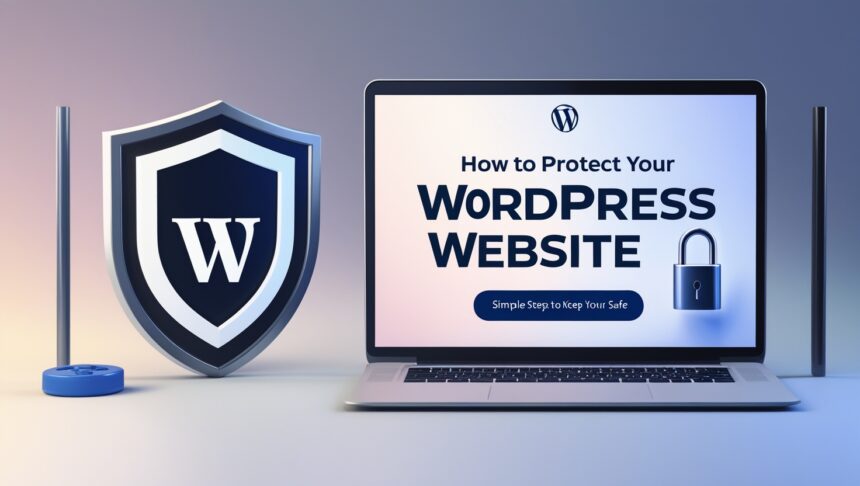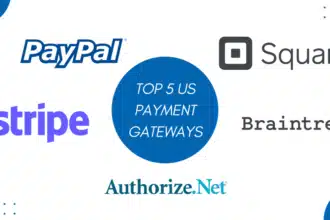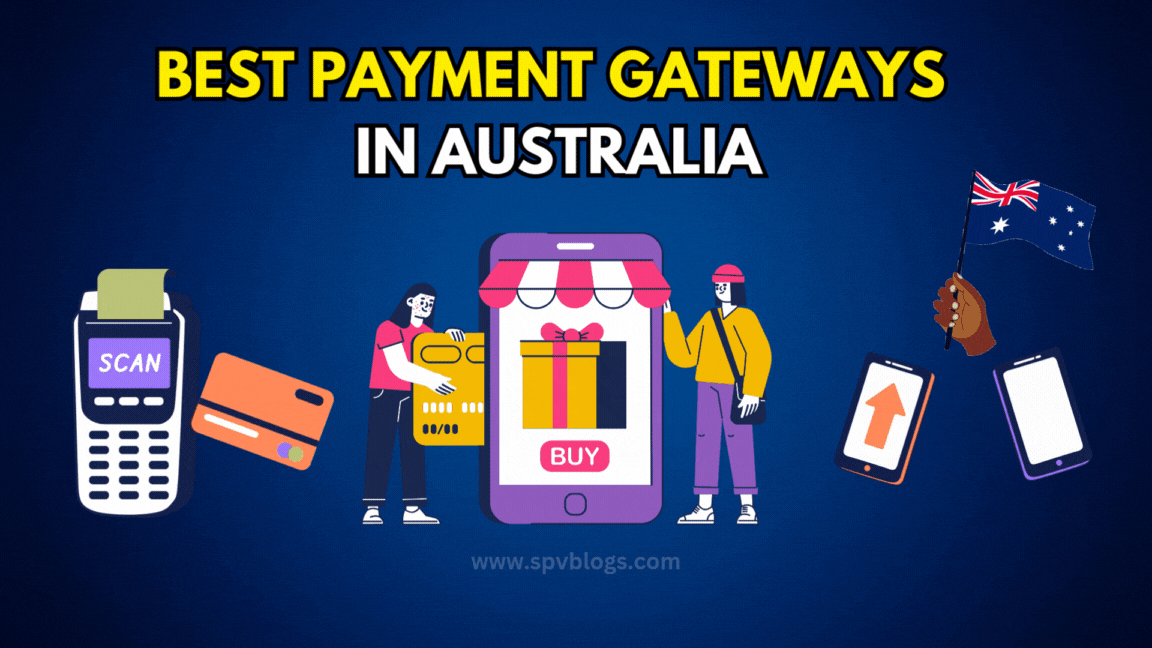How to Protect Your WordPress Website
In today’s digital world, your WordPress website is like your online home. Just as you lock your doors to protect your house, you need to take steps to secure your website from hackers, malware, and other online threats. Whether you’re running a blog, an online store, or a business website, security should be a top priority. In this guide, we’ll walk you through simple yet effective ways to protect your WordPress website, ensuring it stays safe and secure.
Why Website Security Matters
Imagine waking up one day to find your website hacked, your data stolen, or your content replaced with spam. Not only is this frustrating, but it can also damage your reputation and cost you time and money. By taking a few proactive steps, you can prevent these issues and keep your website running smoothly.
10 Simple Steps to Protect Your WordPress Website
Keep WordPress Updated
- WordPress often publishes updates to resolve bugs and security flaws. Be sure to regularly update your WordPress core, themes, and plugins to the latest versions, as outdated software is a prime target for hackers.
Use Strong Passwords
- Avoid weak passwords like “123456” or “password.” Instead, use strong, unique passwords for your WordPress admin, database, and hosting panel. A password manager can help you create and securely store complex passwords.
Install a Security Plugin
- Plugins like Wordfence, Sucuri, and iThemes Security can enhance your website’s security. They provide valuable features such as malware scanning, firewall protection, and login security.
Enable Two-Factor Authentication (2FA)
- Two-factor authentication adds an additional security step during login. Even if someone steals your password, they won’t be able to access your site without the second verification, such as a code sent to your phone.
Use a Secure Hosting Provider
- Your hosting provider plays a big role in your website’s security. Choose a reliable hosting company that offers features like SSL certificates, regular backups, and server-level security.
Install an SSL Certificate
- An SSL certificate encrypts data between your website and its visitors, keeping sensitive information safe. Most hosting providers offer free SSL certificates, and having one also boosts your SEO rankings.
Limit Login Attempts
- Hackers often use brute force attacks to guess your password by trying multiple combinations. Use a plugin to limit the number of login attempts and block suspicious IP addresses.
Backup Your Website Regularly
- Regular backups are your safety net. If something goes wrong, you can restore your website quickly. Use plugins like UpdraftPlus or BackupBuddy to schedule automatic backups and store them in a secure location like Google Drive or Dropbox.
Disable File Editing
- By default, WordPress allows administrators to edit theme and plugin files directly from the dashboard. This can be risky if a hacker gains access. Disable this feature by adding the following line to your
wp-config.phpfile:define('DISALLOW_FILE_EDIT', true);
Monitor Your Website
- Regularly check your website for unusual activity, such as unknown users, unfamiliar files, or sudden drops in performance. Security plugins can help you monitor and alert you to potential threats.
Bonus Tips for Extra Security
- Change the Default Admin Username: Avoid using “admin” as your username, as it’s a common target for hackers.
- Hide Your WordPress Version: Displaying your WordPress version can make it easier for hackers to exploit vulnerabilities. Remove it by adding this code to your
functions.phpfile: (PHP)remove_action('wp_head', 'wp_generator');
- Use a Web Application Firewall (WAF): A WAF can block malicious traffic before it reaches your website. Many security plugins and hosting providers offer this feature.
Why SEO-Friendly Security Matters
Did you know that website security also impacts your SEO? Search engines like Google prioritize secure websites in their rankings. By protecting your site, you not only keep it safe but also improve its visibility and credibility.
Final Thoughts
Protecting your WordPress website doesn’t have to be complicated. By following these simple steps, you can significantly reduce the risk of attacks and ensure your site remains safe and secure. Remember, website security is an ongoing process, so stay vigilant and keep your site updated.
Take action today to safeguard your online presence. Your website—and your visitors—will thank you!

















